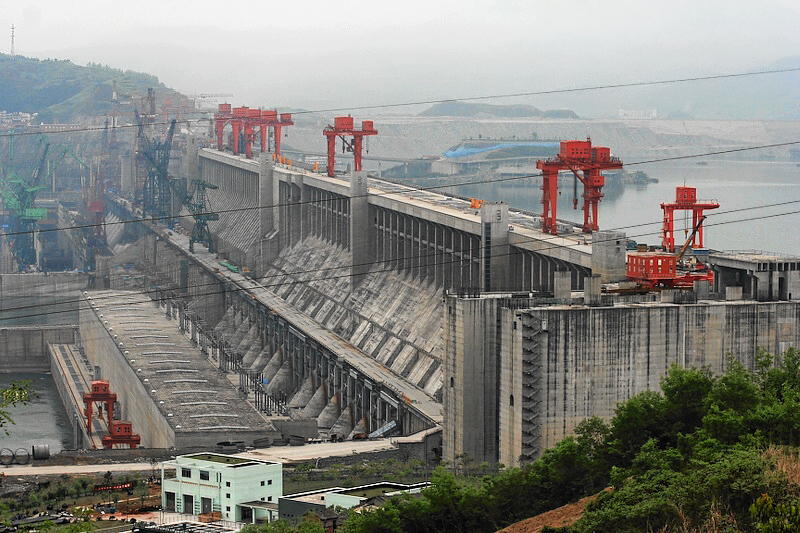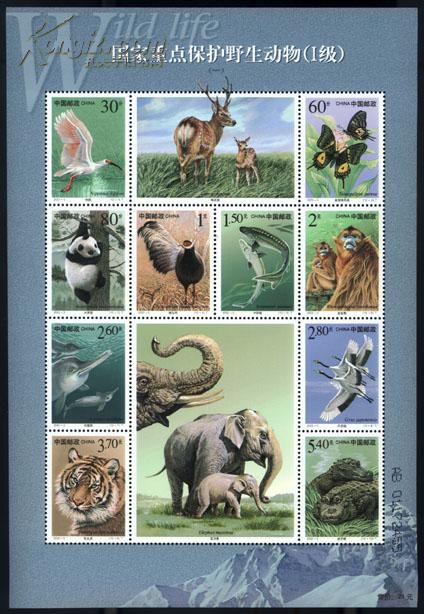Why Study the Chinese Sturgeon?
The Chinese sturgeon is considered a national treasure by the government and public, and has thus received special conservation attention. It is thought to have existed for over 140 million years, and its significance in culture shown by the sturgeon’s depiction in Chinese art for thousands of years (Gao et al., 2009).

The Chinese sturgeon is one of the largest freshwater fishes in the world, residing in the Yangtze and Pearl River (Zhuang et al., 2016). It has a particularly environmentally-sensitive spawning processes (Zhuang et al., 2016). The construction of dams and other human intervention has completely disrupted the Chinese sturgeon’s sensitive spawning process and has pushed the species close to extinction.
Chinese Sturgeon Endangerment
The Chinese sturgeon’s impressive ability to adapt to changing environments is shown by how it has survived millions of years, but this adaptability has reached is limits over the last century with human’s drastic manipulation of the environment (Zhuang et al., 2016).

The primary environmental changes that have affected the Chinese sturgeon include dams, pollution, climate change, overfishing, and ocean acidification (Jiao et al., 2009). Data indicates that over a thirty-seven year period, there has been a 97.5% drop in total sturgeon spawning population, pushing the Chinese sturgeon into a critically endangered state (IUCN, 2016). The root reason of this population shrink is the creation of the Gezhouba Dam and the Three Gorges Dam in the last forty years (Gao et al., 2009).
The Three Gorges Dam (TGD) is the largest dam in the world. It was constructed in the hope of brining prosperity in power supply, controlling flood and improving the waterway conditions in the Southern China (Allin, 2004, p. 15). However, it has also severely disrupted the hydrological regime in the Yangtze River and harmed Sturgeon populations.
- The TGD has blocked the migration of Chinese sturgeon to their historic spawning grounds, causing a significant shrink of their spawning area and spawning frequency (Wu et al., 2015).
- The TGD has significantly changed the water temperature, silt levels, and seasonal flow fluctuations, causing a severe disruption to the behaviors of Chinese Sturgeon (Allin, 2004).
- The improvement of power supply and navigation condition has also caused severe physical and chemical pollution in the Yangtze River and increase the incidence of deformities of Chinese Sturgeon and their larva.
- The increase of shipment numbers has brought about serious noise pollution that frightens to the Chinese Sturgeon, as well as increased the accidental kills and damages of adult sturgeons by ship propellers (Wang et al., 2011).

An Epitome of the Endangered Species

The state of the Chinese sturgeon today is typical of the problems endangered species are facing in China today. While most species have been able to adapt to human’s more gradual environmental degradation through history, the past century that has witnessed the rapid rise of industrialization has destroyed habitats and pushed species to the brink of extinction.
Sources:
Allin, S. R. F. (2004). An examination of China’s Three Gorges dam project based on the framework presented in the report of the World Commission on Dams (Doctoral dissertation, Virginia Polytechnic Institute and State University). Retrieved from https://theses.lib.vt.edu/theses/available/etd-12142004-125131/unrestricted/SAllin_010304.pdf
China Post. The stamp collection of the First Class Protected Animals. [Stamp] Retrieved from http://jiasule.e1988.com/
DHTravel. Chinese sturgeon. [Photo]. Retrieved from http://www.dhtravel.com/city_guid_con.aspx?id=664&t=1
Gao, X., Brosse, S., Chen, Y., Lek, S., & Chang, J. (2009). Effects of damming on population sustainability of Chinese sturgeon, acipenser sinensis: Evaluation of optimal conservation measures. Environmental Biology of Fishes, 86(2), 325-336.
Jiao Nian-Zhi Chen Da-Ke Luo Yong-Ming Huang Xiao-Ping Zhang Rui Zhang Hai-Bo Jiang Zhi-Jian Zhang Fei. (2015). Climate change and anthropogenic impacts on marine ecosystems and countermeasures in china. 气候变化研究进展:英文版, 6(2), 118-125.
Wang, J. H., Wei, Q. W., & Zou, Y. C. (2011). Conservation strategies for the Chinese Sturgeon, Acipenser sinensis: An overview on 30 years of practices and future needs. Journal of Applied Ichthyology, 27(2), 176-180. doi:10.1111/j.1439-0426.2011.01716.x
Wikimedia. (2006). Three Gorges Dam from aerial view. [Photo]. Retrieved from https://upload.wikimedia.org/wikipedia/commons/7/7c/Dreischluchtendamm_hauptwall_2006.jpg
Wu, J. M., Wang, C. Y., Zhang, H., Du, H., Liu, Z. G., Shen, L., … & Rosenthal, H. (2015). Drastic decline in spawning activity of Chinese sturgeon Acipenser sinensis Gray 1835 in the remaining spawning ground of the Yangtze River since the construction of hydro dams. Journal of Applied Ichthyology, 31(5), 839-842. doi: 10.1111/jai.12882
Zhuang, P., Zhao, F., Zhang, T., Chen, Y., Liu, J., Zhang, L., & Kynard, B. (2016). Biological Conservation, 193, 66-69.
